Scott #34, a ten-cent United States postage stamp, stands out in the mid-19th-century stamp series with its Type IV design. It shares the same basic layout as Scott #16 but is set apart by its perforations. This stamp is particularly notable for its rarity and the specific characteristics of its design.
Design & Print
The Type IV design of Scott #34 is primarily distinguished by its recut top, bottom, or both frame lines, which appear significantly heavier than those found in other types. This recutting results in a distinct visual appearance that sets Scott #34 apart from its counterparts. The rarity of Scott #34 is underscored by the fact that there were only two examples of this type per sheet printed, making it the rarest of the 1855 10 cent issues.
Postal Usage
Scott #34 was commonly used to cover the half-ounce, over-3,000-mile postal rate, making it an essential stamp for long-distance domestic mail, particularly for coast-to-coast deliveries. The stamp’s ten-cent denomination made it suitable for substantial postal requirements. The earliest known date of use for Scott #34 is October 5th, 1857, indicating its active role in the postal system during this period.
Identification
Identifying Scott #34 involves a meticulous examination of its frame lines. The key distinguishing feature is the recut lines at the top and/or bottom, which are noticeably heavier compared to other types. Additionally, the presence of perforations differentiates Scott #34 from the imperforate Scott #16. Due to its rarity and specific design characteristics, Scott #34 is a highly sought-after stamp in American philately.
Scott #34, with its Type IV design, is a significant piece in U.S. postal history. Its unique design features, particularly the heavier recut frame lines, combined with its rarity and role in facilitating long-distance mail, underscore its importance in the narrative of American philately. Understanding the nuances of Scott #34’s design, postal usage, and identification offers a comprehensive view of its place in the broader context of American postal history and collection.
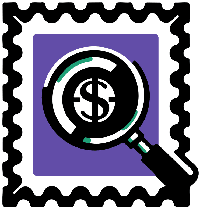
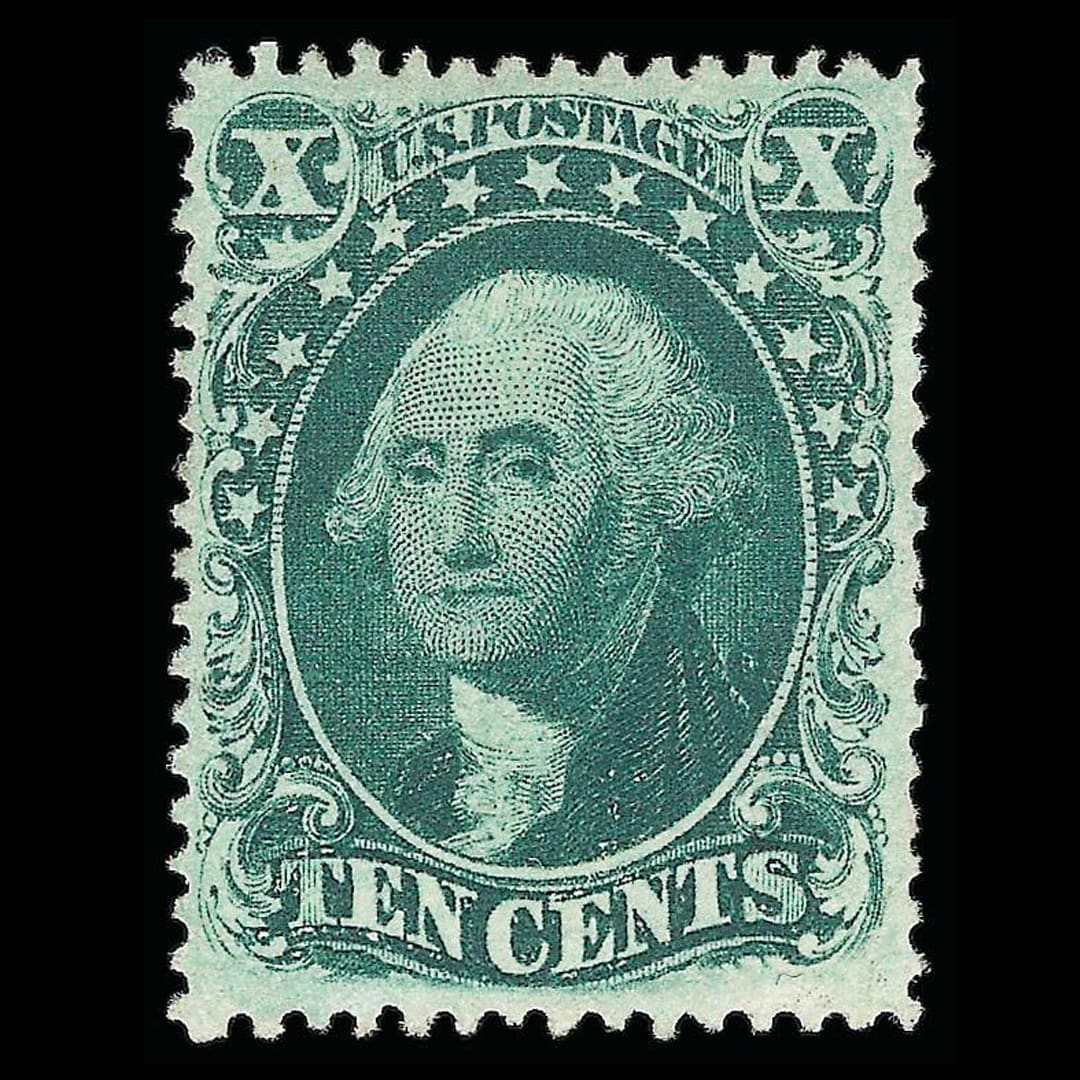

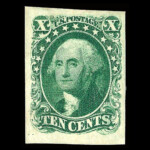
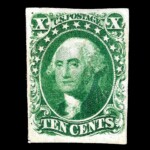

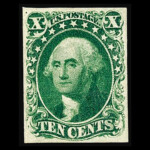
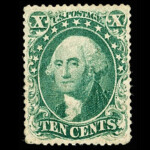

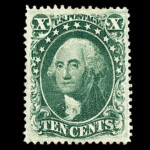
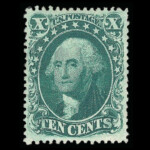
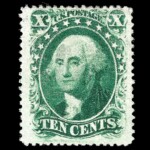
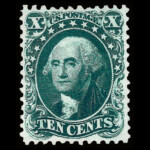
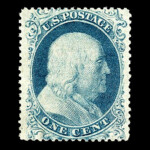
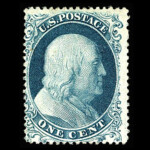
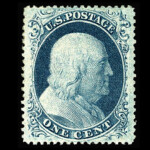
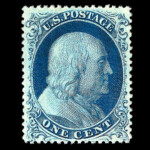
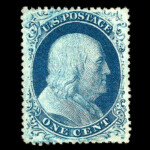
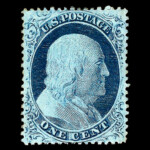
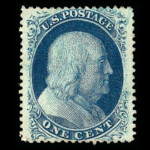
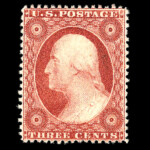
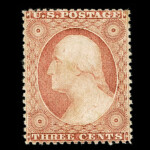
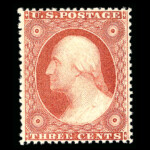
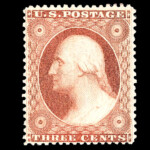
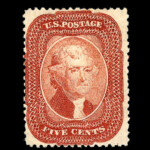
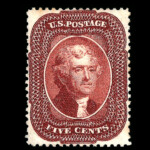
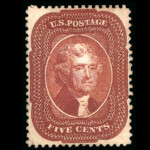
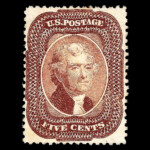
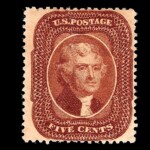
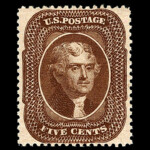
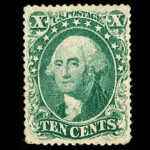
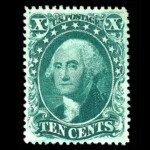
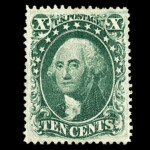
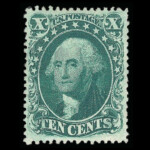
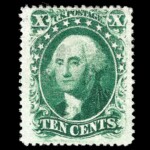
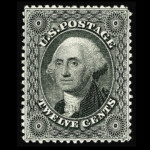
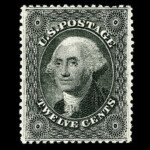

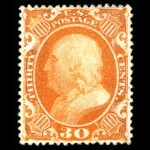
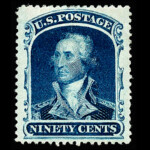




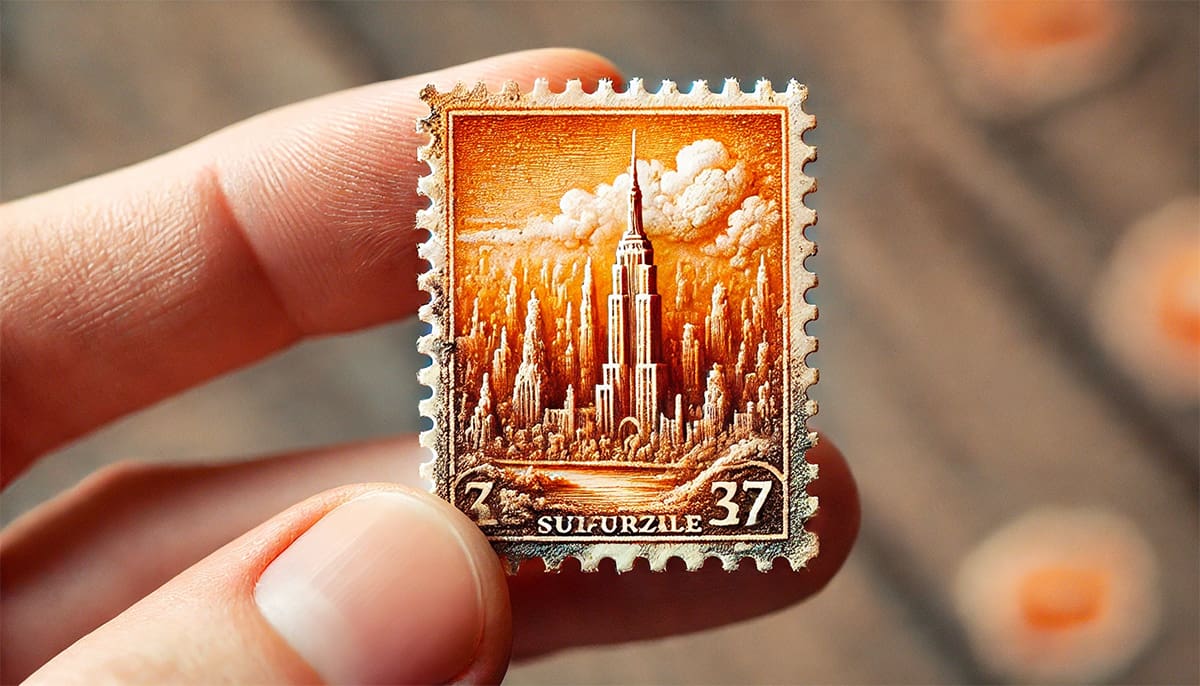




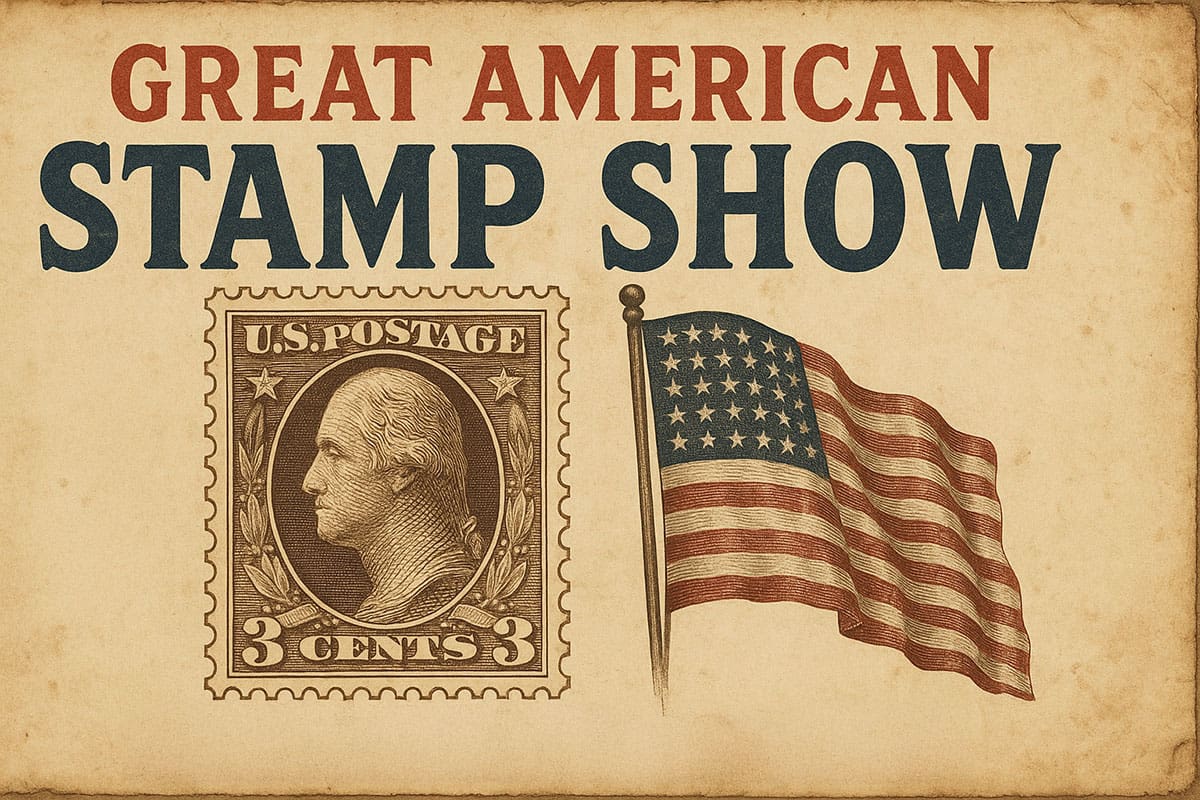


Ask A Question Or Leave A Comment